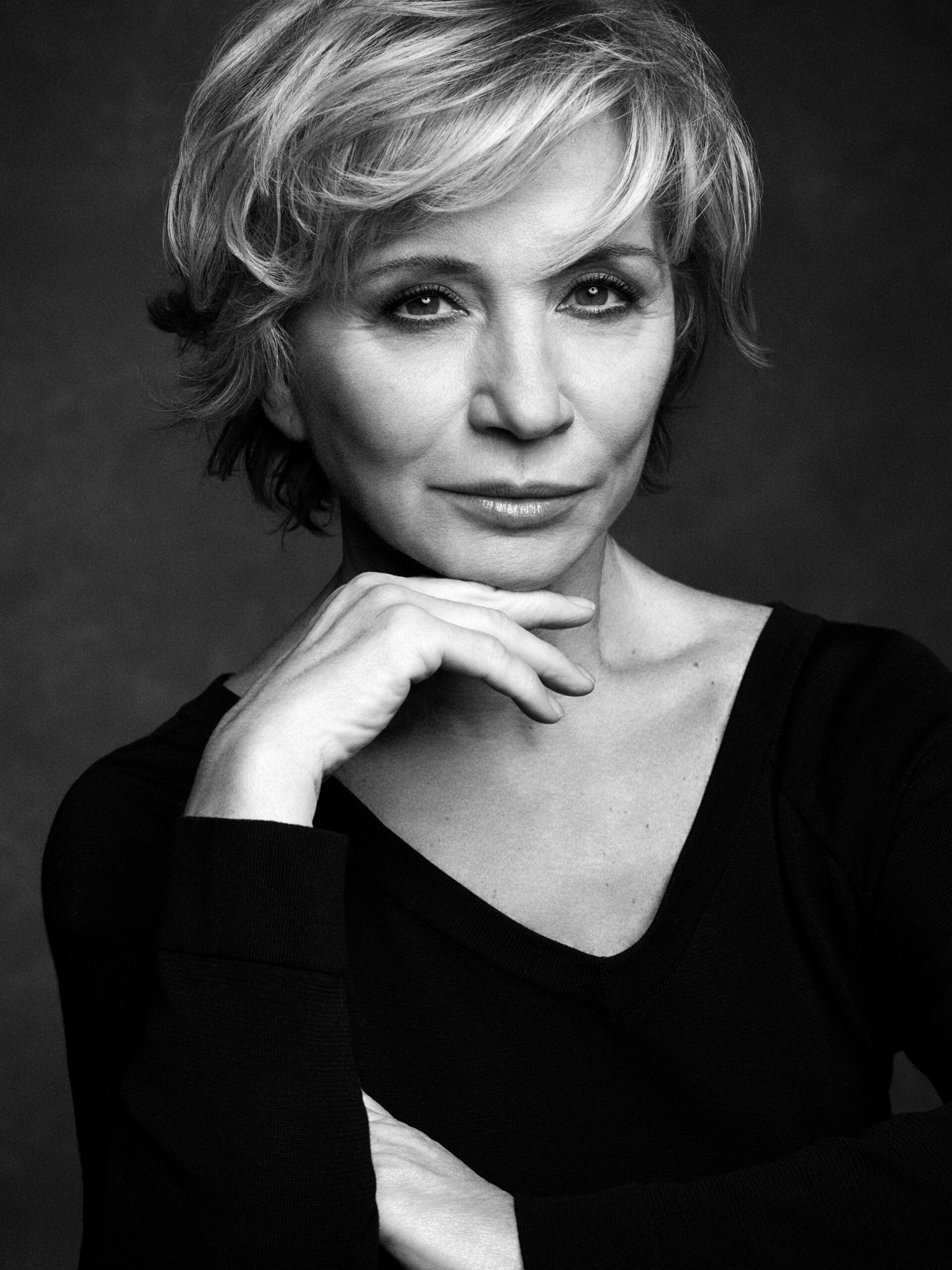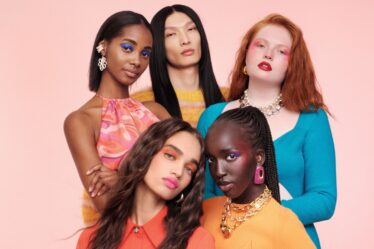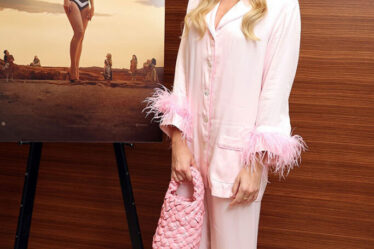
Alberta Ferretti is stepping down as creative director of her namesake brand, the Italian designer and entrepreneur announced Tuesday.
Feretti said the brand would announce a successor soon. The decision to step down was “difficult, complicated, but very thoughtful,” Ferretti said in a statement. “It’s time for me to make room for a new chapter for my brand, a new narrative.”
Ferretti will continue in her role as deputy chairman of Aeffe, the Italian luxury group she founded in 1988.
Ferretti, aged 74, has left a mark on Italian fashion as one of a handful of leading female entrepreneurs alongside Miuccia Prada and Donatella Versace.
Her eponymous brand was born in 1981 during the height of the country’s ready-to-wear boom. Starting from a small family business, Alberta Ferretti went on to acquire Moschino and Philosophy di Lorenzo Serafini. The company now counts 1,300 employees.
In recent years, sales have slipped at Alberta Ferretti and her holding Aeffe due to an overdependence on discount-prone wholesalers and expensive ready-to-wear; as well as an ageing customer base and competition from global luxury groups.
Aeffe reported a net loss of €20 million ($22.27 million) in the first six months of this year. In 2023, its consolidated revenue fell by 9.5% to €319 million (from €352 in 2022).
On Zalando, a golden Alberta Ferretti evening gown currently retails at €3,200, with many items highly discounted (e.g. a fuchsia cocktail dress discounted from €2,200 to €1,100.)
There are hopes for a turnaround at the Aeffe group’s biggest brand Moschino, however, since revamping its collections under a new creative director this year. Argentina-born designer Adrian Appiolaza, an alum of Loewe and Chloé, has managed to revive industry interest in the brand with a playful, yet less theatrical vision for the brand.
Learn more:
‘The Ordinary Becomes Extraordinary’: Adrian Appiolaza’s Moschino Vision Takes Shape
Under new creative direction, the Italian fashion house is rebalancing its surrealist, campy image with a more grounded silhouette. ‘It was important to find the line between reality and theatricality,’ Appiolaza told BoF.



